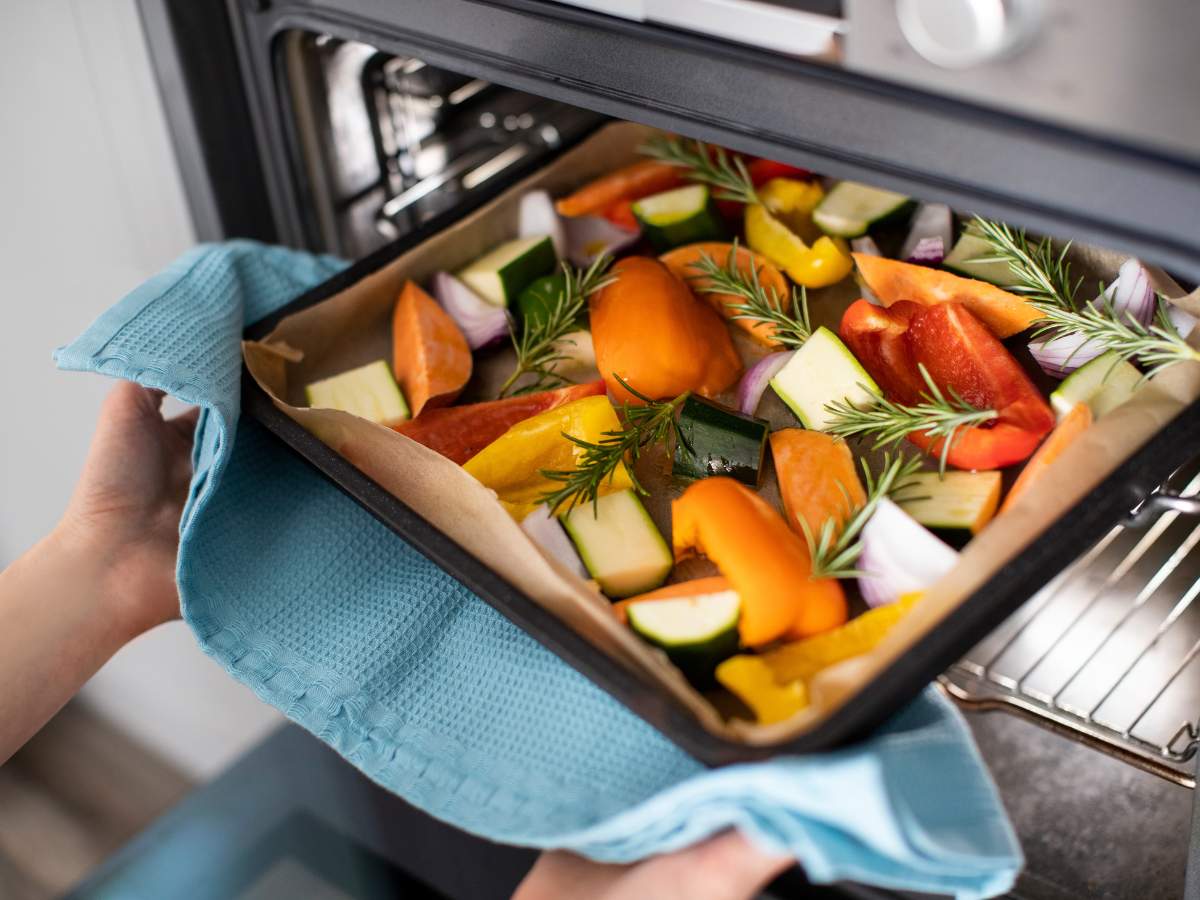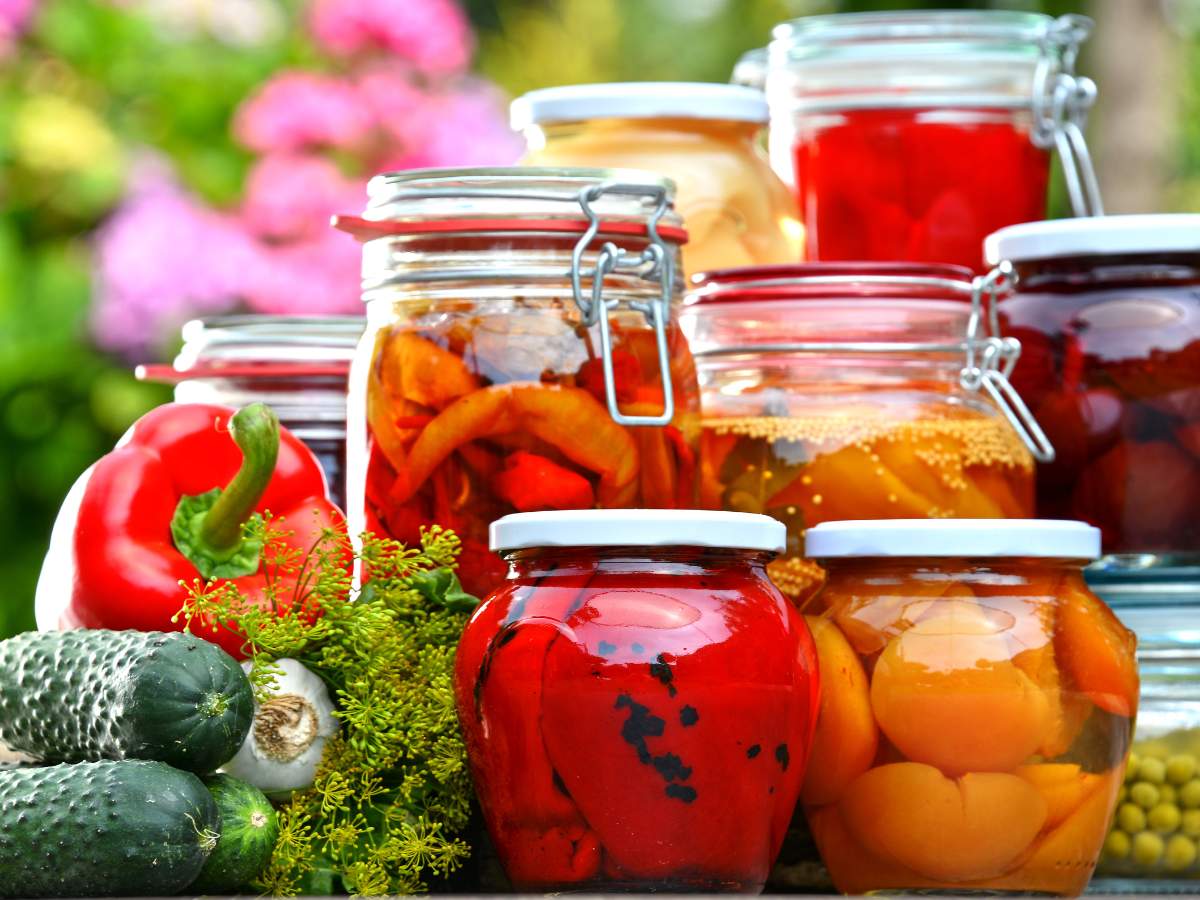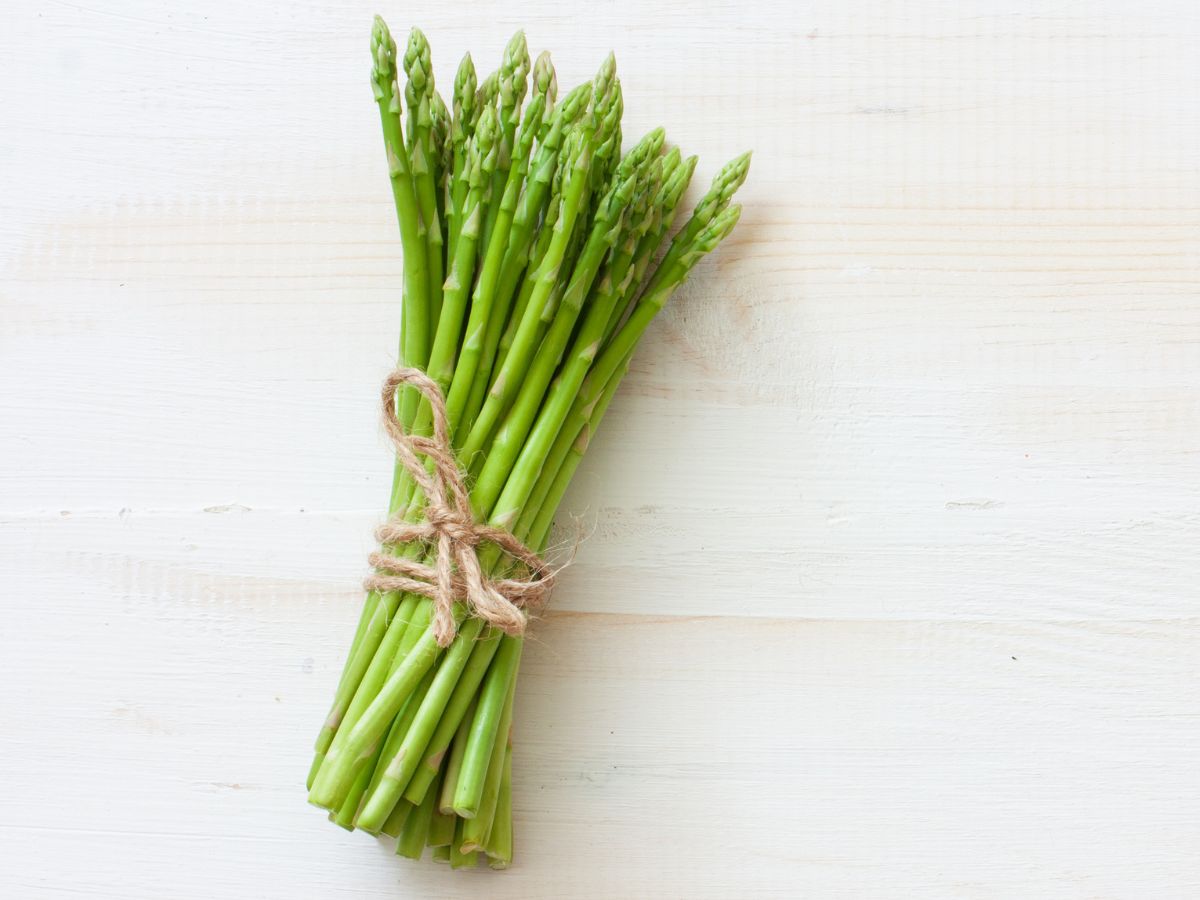Say Goodbye To Food Waste With Tips Every Home Cook Should Know
As a participant in the Amazon Services LLC Associates Program and other affiliate programs, Easy Homemade Life may collect a share of sales or other compensation from the links on this page. This comes at no additional cost to you, and all the prices and availability are accurate at the time of publishing.
As grocery prices rise, people are looking for ways to save on food costs. Before you cut out your favorite snacks and fresh produce, consider looking for savings in your refrigerator. These tips help reduce the food you throw out, which can cut down your grocery spending.

The Problem With Food Waste
Food waste is a costly problem for many households. Families may buy more than they eat, forcing them to throw out expired food.
Edward Jaenicke, a professor of agricultural economics at Penn State, completed a study in 2020 on food waste at the household level. “Based on our estimation,” Jaenicke reported, “the average American household wastes 31.9% of the food it acquires. More than two-thirds of households in our study have food-waste estimates of between 20% and 50%.”
According to the EPA, this can translate into over $1,500 annually for a family of four. But this is also an opportunity for cost savings. Taking steps to reduce food waste in your household lets you keep buying the food your family likes and cut costs at the same time.
How To Cut Down On Household Food Waste
To reduce food waste, start by observing your family’s purchasing and eating habits. Assess your current waste situation and identify which foods you’re throwing away. Then, try out some of these tips to use more of what you buy and throw out less.

Know When Food Is Safe To Eat
You never want to eat food that is beginning to go bad. Food that is rotted or molded can make you extremely sick, and you should always throw out any food you think might be bad rather than risk your health.
But just because the date printed on the package has passed does not mean the item is bad, according to the USDA. Manufacturers put dates on their products to help stores and consumers know when the food will be at its best. Manufacturers may use these labels:
- “Use by”, “best if used by” or “best by”: The manufacturer recommends that you consume the product before this date. The quality will drop off significantly after this date, and it will likely become unsafe to eat.
- “Sell by”: The manufacturer recommends stores not stock the product after the “sell by” date. It will most likely still be safe to eat.
Instead of relying solely on expiration dates, check for signs of spoiled food. Look for unusual smells, flavors and signs of rot or mold that could indicate it is bad.
You can also use expiration dates to help you decide what to buy at the grocery store. Consider buying long shelf-life foods. If you purchase dairy, eggs and other perishables, choosing items with a date label that is further out will likely mean they will last longer.
Practice Fifo: First In, First Out
A standard in restaurants, FIFO means that the first item that you put in needs to be the first item that you take out. If you have two of the same item, use the one that will expire sooner first. When putting away groceries, try putting new items towards the back of your fridge or pantry. A few moments of rearranging now will make it easier to grab the right item later.
Plan Your Meals
Family meal planning helps save money and reduce food waste. It’s a proactive strategy to learn about your family’s eating habits better, which in turn helps you make smarter grocery purchases and cut down on excess ingredients that often go unused. This helps you save money on groceries, utilize ingredients better, and cook more efficiently.
I usually plan meals for an entire week. For example, if I want to make herb-crusted Texas Roadhouse chicken and Longhorn Steakhouse rice pilaf in the coming week, I’ll build my shopping list based only on those (and other meals included in my list) and buy only the necessary ingredients for those recipes. This helps me avoid impulse buys and minimize the risk of purchasing excess items that may go unused and eventually spoil.
Not only does planning your meals promote budget management but it also encourages mindful consumption, where every item you purchase has a specific purpose in your meals. This reduces food waste and helps you save money.

Optimize Food Storage To Prevent Waste
Proper storage can extend the lifetime of perishable foods. On the other hand, incorrect storage could cause your foods to expire well before the “use by” date. Use these food storage tips to make food last longer:
- Keep Your Fridge At The Right Temp: For food safety, a refrigerator needs to be 40 F or less, but the optimal temperature is between 35 F and 38 F. Keeping your fridge between those temperatures will make dairy and vegetables last as long as possible.
- Store Items Quickly: Every moment a perishable item spends at room temp shortens its lifespan. Put groceries away as soon as you get home, and consider storing cold items in a cooler if the drive from the grocery store home is a long one.
- Use Airtight Containers: Use airtight containers to prevent food spoilage. Transfer pantry items to sealed plastic or glass containers. Store leftover canned goods in sealed containers, not in the can. Keep fruits, vegetables and herbs in sealed containers to prolong freshness. For instance, storing strawberries correctly can keep them fresh for up to ten days.
- Freeze What You Can’t Use: Many foods will last up to six months or more in the freezer. Learn what foods freeze well and move any extra items you have into your freezer. I was surprised to learn how well avocados freeze. Now they never go bad on me.
Avoid Buying Perishables In Bulk
Buying in bulk can be a cost-saver when you are able to eat everything you buy. But if you are throwing things out, bulk purchasing can cost you more in the long run.
Save buying in bulk for items with a long shelf life, like frozen foods, grains, cereals and canned goods. For perishables, try to buy the amount that you know your family will eat. Look for:
- Smaller Portions: Take advantage of products that come in a variety of sizes. Milk and its alternatives often have options for pint, quart and gallon sizes. Cheese, yogurt, eggs and other perishables are also often available in different sizes.
- Loose Produce: Buy single items of produce rather than bags. This lets you get the amount you need. Some grocery stores will even let you buy a single stalk of celery or half a watermelon.
- Share With Friends And Family: If you do want to take advantage of a great deal on a bulk purchase, split the cost and the food with others.
Keep Track Of Your Waste
Keeping track of the food that you discard regularly provides you with insight about your family’s consumption patterns. For example, you might notice that you frequently have to discard certain types of fresh produce because they spoil before you can use them or there are always leftovers when cooked. Through this, you will be able to identify which items consistently go to waste, so you can buy less of them next time or include them more in your future meals.
A food waste log can include details such as the type of food, quantity, and the reasons for discarding (like expired, moldy, or leftovers not eaten). Once you’ve identified the food waste patterns in your household, you will be able to make informed adjustments to your shopping and cooking habits, leading to less food waste and more money saved.

Find Recipes For Odds And Ends
Once you’ve figured out what kinds of foods you always seem to have extra of, find some recipes that can use them up. Dishes like stir-fries, omelets, and soups are great for using up extra vegetables. Fruit smoothies can help you go through fruit, milk, and yogurt quickly.
Aside from these, here are a few more ideas you can try:
- Pasta Or Noodle Dishes: The beauty of pasta and noodles is that you can easily adapt them to use up a variety of ingredients. Toss cooked pasta or noodles with leftover meats, vegetables, and a sauce of your choice. Whenever I cook my favorite pasta recipes, I add some cheese or fresh herbs for extra flavor.
- Fried Rice: If you have some leftover rice, you can mix it with leftover meats, vegetables, and scrambled eggs then season with sesame oil and soy sauce for a quick and easy fried rice dish.
- Tacos: Just like pasta, you can easily pair tortillas with leftover meats, vegetables, and toppings to make delicious tacos. This is also the perfect way to use up beans that’ve been in your pantry for a while and that jar of salsa that’s been barely touched.
- Wraps: Wraps are my go-to when I’m strapped for time and need to make lunch for my kids. I can easily roll up some leftovers in tortillas or flatbreads and add our favorite sauces like McDonald’s breakfast sauce or Popeyes spicy mayonnaise. My kids love Asian chicken wraps and my other easy lunch ideas for teens.
- Dips: You can use leftover fruits, vegetables, beans, and herbs to make delicious dips like hummus, guacamole, onion dip, or spinach artichoke dip. These can be served with chips, bread, or vegetable sticks.

Try Composting Food Scraps
While we can take the necessary steps to minimize food waste, we cannot totally eliminate it. Composting is an easy and eco-friendly way to discard your organic kitchen waste, especially if you have a garden. This process recycles nutrients back into the soil, promoting healthier plant growth and reducing the need for chemical fertilizers.
You can start a compost bin for fruit and vegetable trimmings, eggshells, coffee grounds, stale bread, and leftover food. You can also include food-soiled paper like paper coffee filters, paper plates, paper towels, napkins, brown paper bags, and even cardboard pizza boxes, as long as they are non-shiny. I began mine a few years ago, and it’s been very helpful for my herb garden.
Start Reducing Household Food Waste
If you are a home cook looking to save money, try a few of these tips to reduce food waste in your kitchen. Experiment with how you shop, store your food, and cook to see what works best for your family.
Portions of this article originally appeared on Food Drink Life.







